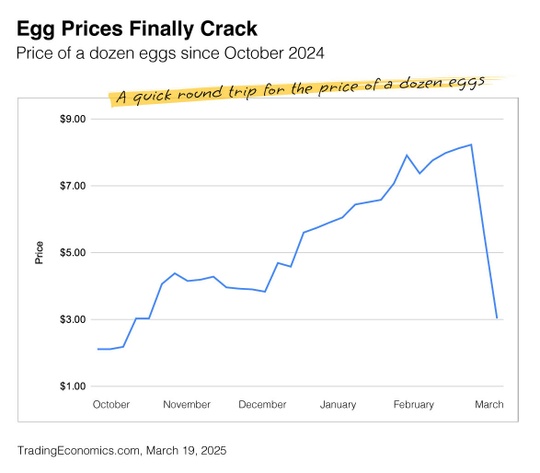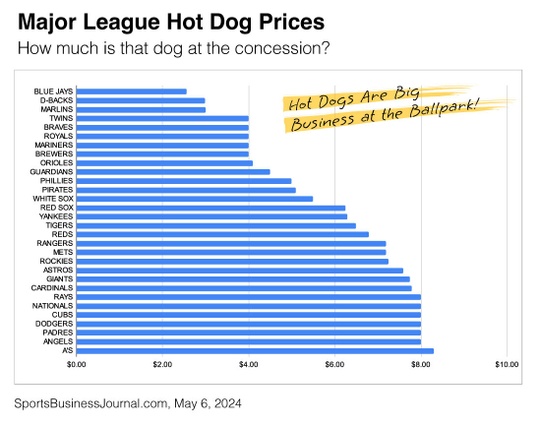Investment Ponderings from Jack Reutemann
At dinner this past week with a long-time client, I was asked what I thought of Jim Cramer. I kindly said, “He’s a great speaker, entertainer, and educator, but I’m not sure of his investment advice track record, let me dig up the facts for you.”
An Examination of a Prominent Financial Pundit’s Forecasting Record
A well-known figure in financial media appearing on CNBC’s Mad Money program, Jim Cramer who is often seen as a financial guru, frequently offers his opinions on stock market movements and specific investment opportunities. While his pronouncements often grab headlines and can immediately sway certain stock prices, a deeper look into his long-term prediction accuracy reveals a more nuanced, and often debated, picture.
In the short term, there’s evidence that companies he highlights can experience an initial bump in value, sometimes seeing gains of over a percent in the hours immediately following his televised endorsements. However, this effect tends to be fleeting and does not consistently translate into superior performance over extended periods. When examining the trajectory of his recommended stocks over several months, their collective performance generally aligns with broader market indices, indicating no consistent advantage over simply holding a market-tracking fund.
Analyses of his written investment calls suggest that his success rate hovers slightly below what one might achieve through pure chance, and falls short when compared to other market strategists. A detailed review of hundreds of his “buy” and “sell” suggestions showed that while he might be correct in about three out of five immediate instances, his precision declines significantly after just a month, often leading to negative average returns. Interestingly, his advice to sell stocks sometimes fared better than his “buy” calls, though even then, his correct “sell” predictions were only accurate about 42% of the time over a longer duration.
This commentator has also been associated with several high-profile misjudgments, such as his positive outlook on a bank shortly before its collapse or repeated misinterpretations of a major cryptocurrency exchange’s stock performance. These errors have fueled a popular counter-strategy, where some investors actively bet against his public recommendations, dubbing it the “Inverse” effect. Instances exist where his “sell” advice was followed by considerable gains in those very stocks, further highlighting a lack of consistent foresight.
Within investment circles, his frequent miscalls have become a running jest, inspiring even financial products designed to capitalize on taking the opposite side of his positions. His animated and dramatic presentation style is often perceived as prioritizing entertainment value over consistently sound financial guidance.
In summary, while this high-profile financial personality undeniably wields short-term influence over stock movements, his long-term ability to accurately predict market direction or consistently outperform the market remains unsubstantiated. His forecasting precision tends to be inconsistent, marked by notable misjudgments. Therefore, investors should exercise caution and avoid solely relying on his pronouncements for their long-term investment decisions.
Ultimately, for long-term financial growth, it’s crucial to have a financial advisor who genuinely understands your unique situation and personal goals. Sustainable wealth building stems from a tailored strategy and disciplined approach, not from chasing risky, short-term stock plays based on televised commentary.




